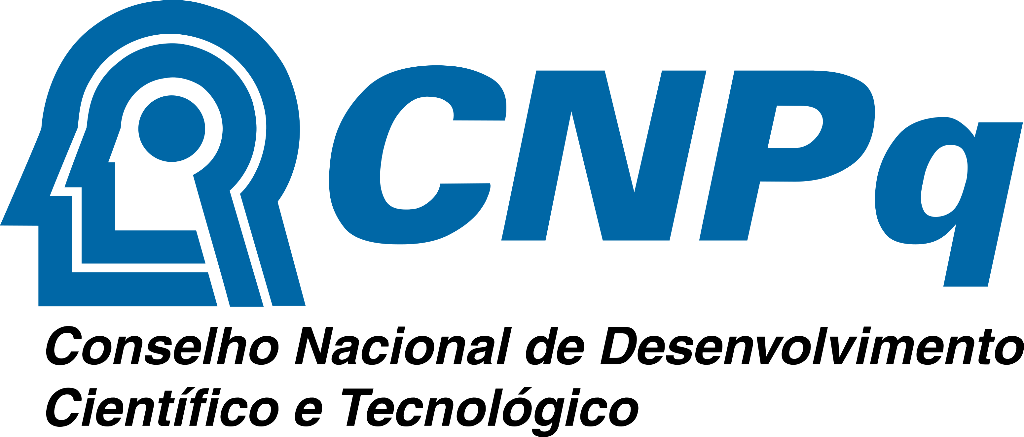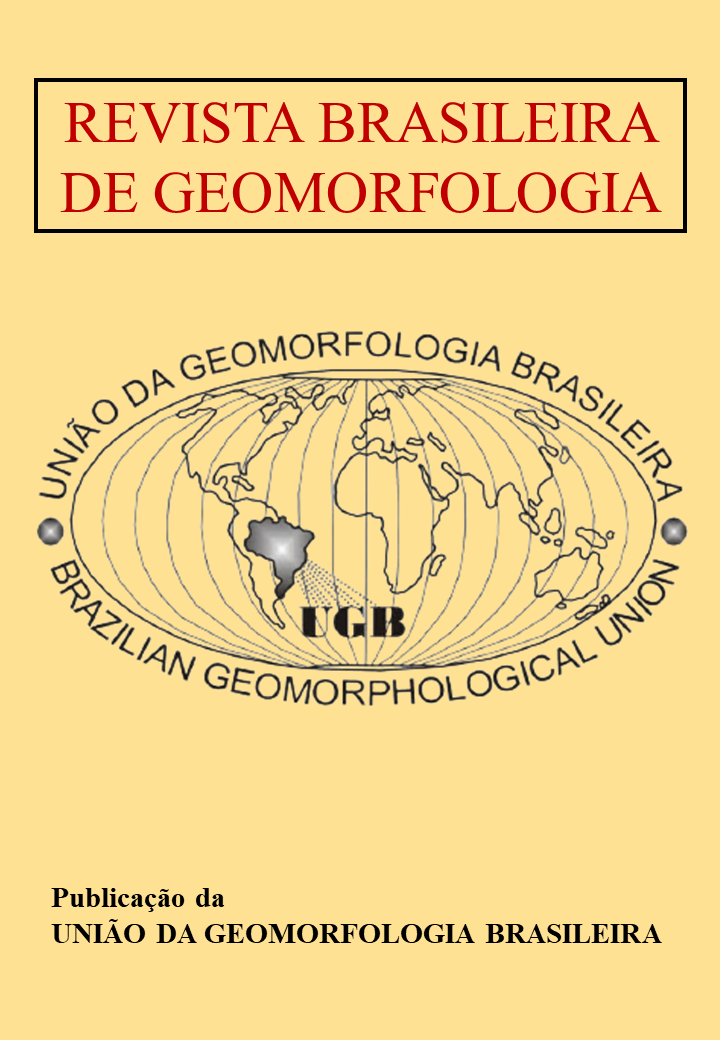Litoestruturas dobradas na dissecação da borda ocidental da Chapada do Alto Rio Maranhão, Planalto Central Goiano: o caso da Reserva Legado Verdes do Cerrado, Votorantim, Niquelândia/GO
DOI:
https://doi.org/10.20502/rbg.v24i2.2264Keywords:
differential erosion, structural landform, hogbacks, flatironsAbstract
The dissected zones marginal to the chapadas reliefs of the Goiano Central Plateau result by differential erosion and by the lithostratigraphy in deformed regional structures of the Brasília Belt, from past surfaces inherited. The goal of this article was to verify the landforms resulted from interaction between differential erosion and foldings at the western edge of the Chapada of the upper Maranhão River in Niquelândia (Goiás), based on geological mappings, determination in fieldwork of the petrography and orientation of rock layers, and topogeological profiles. Results show valleys excavated between metacarbonatic and metapelitic rocks, while the ridge lines are supported by metapsamitic rocks. Dolines and outcrops of metacarbonate rocks show the coparticipation of the karstification. The lateral sequence metacarbonates-metapelites-quartzites alternately aligns ridges and valleys in the preferential direction E-W. Drainage is asymmetric due to the longer tributaries occur over metacarbonates and metapelites terrains, while the shorter opposite tributaries occur on metapsamites. The parallel valleys to the direction and perpendicular to the dip of the rock layers set up as orthoclinal valleys. The mountains, supported by the quartzites, with a preferential E-W direction and dips greater than 30°, configure that as hogbacks. Some valleys with interfluvial lines describing parabolas, supported by folded metapsamitic layers, form combes (landform in Portuguese-Brazil; from the Latin cymba), because the erosion of the central part of the antiform.
Downloads
Downloads
Published
How to Cite
Issue
Section
License

This work is licensed under a Creative Commons Attribution-NonCommercial 4.0 International License.
Author (s) retain copyright and grant the journal right of first publication with the work simultaneously licensed under the Creative Commons Attribution License that allows sharing the work with recognition of its initial publication in this journal.








